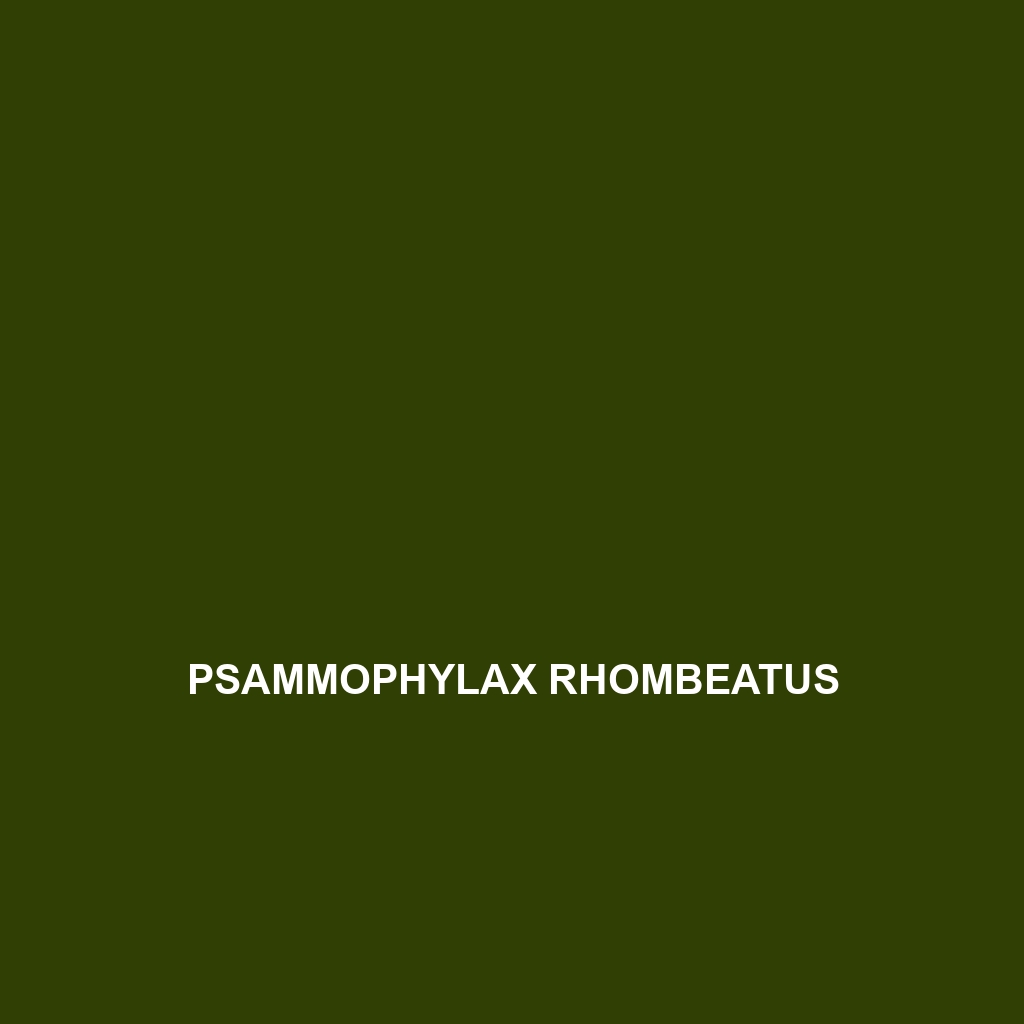Discover the Ramphotyphlops erebus, also known as the ebony blind snake, a small, subterranean insectivore native to tropical rainforests of Africa, characterized by its smooth, glossy scales, cylindrical body, and reduced, non-functional eyes. Thriving in warm, humid environments, this snake plays a vital role in its ecosystem by controlling invertebrate populations while maintaining a secretive, nocturnal lifestyle.
Tag: biodiversity in Africa
Quedenfeldtia moerens
<p><b>Quedenfeldtia moerens</b>, found in the lush rainforests of Central Africa, is a striking omnivore with a streamlined body, earthy colors, and nocturnal habits. This vulnerable species plays a vital role in its ecosystem as a seed disperser and is characterized by its complex vocalizations and dynamic social behaviors.</p>
Pseudocordylus transvaalensis
Pseudocordylus transvaalensis, known as the Transvaal Girdled Lizard, is a robust, stocky lizard native to the semi-arid regions of southern Africa, characterized by its spiny dorsal scales and camouflage against rocky terrains. Primarily insectivorous, this diurnal species plays a crucial role in its ecosystem by regulating insect populations while serving as prey for larger predators.
Pseudocordylus subviridis
Introducing the Pseudocordylus subviridis, or green girdled lizard, a vibrant medium-sized lizard found in Southern Africa's diverse habitats, thriving in moderate climates. This omnivorous species is notable for its striking green coloration, interesting diurnal behavior, and vital role in controlling insect populations within its ecosystem.
Psammophylax rhombeatus
<b>Psammophylax rhombeatus</b>, or the Rhomboid Sand Snake, is a nocturnal predator that thrives in sandy savannas and temperate forests across Africa. Known for its elongated body, distinct rhomboid markings, and excellent burrowing abilities, this species primarily feeds on small vertebrates and plays a crucial role in its ecosystem.
Psammophis phillipsii
<strong>Psammophis phillipsii</strong>, commonly known as Phillips' sand snake, is a slender, 1.2 to 1.5-meter-long reptile found in Africa's arid habitats, characterized by its distinctive brown and yellow coloration with dark crossbands. This carnivorous snake demonstrates impressive speed and agility, predominantly feeding on small mammals and lizards while playing a crucial role in maintaining ecological balance.
Psammophis notostictus
<b>Psammophis notostictus</b>, also known as the striped sand snake, is a slender, diurnal reptile native to arid regions of northeastern Africa, notable for its striking light brown coloration with dark stripes. This carnivore primarily feeds on small rodents and lizards, playing a crucial role in maintaining ecological balance within its diverse habitats.
Psammophis leightoni
<p><b>Psammophis leightoni</b>, commonly known as Leighton's Sand Snake, is a slender, agile snake found in the arid regions of sub-Saharan Africa, known for its light brown coloration and dark stripes that provide effective camouflage. This carnivorous species primarily preys on small mammals and insects, playing a crucial role in maintaining ecosystem balance.</p>
Psammophis crucifer
<strong>Psammophis crucifer</strong>, commonly known as the <strong>Crossed Sand Snake</strong>, is a slender, diurnal snake typically measuring 70-90 cm long, adorned with pale yellow to beige scales and distinct dark cross-like bands. Thriving in a variety of habitats across eastern and southern Africa, it preys on insects and small vertebrates while playing a crucial role in maintaining ecological balance.
Prosymna visseri
<b>Prosymna visseri</b>, commonly known as the Visser's snake, is a medium-sized, nocturnal species native to the humid forests of southeastern Africa. With its striking olive-green and brown coloration, it plays a vital role in its ecosystem by preying on small amphibians and lizards while adapting to various habitats from rainforests to savannas.









